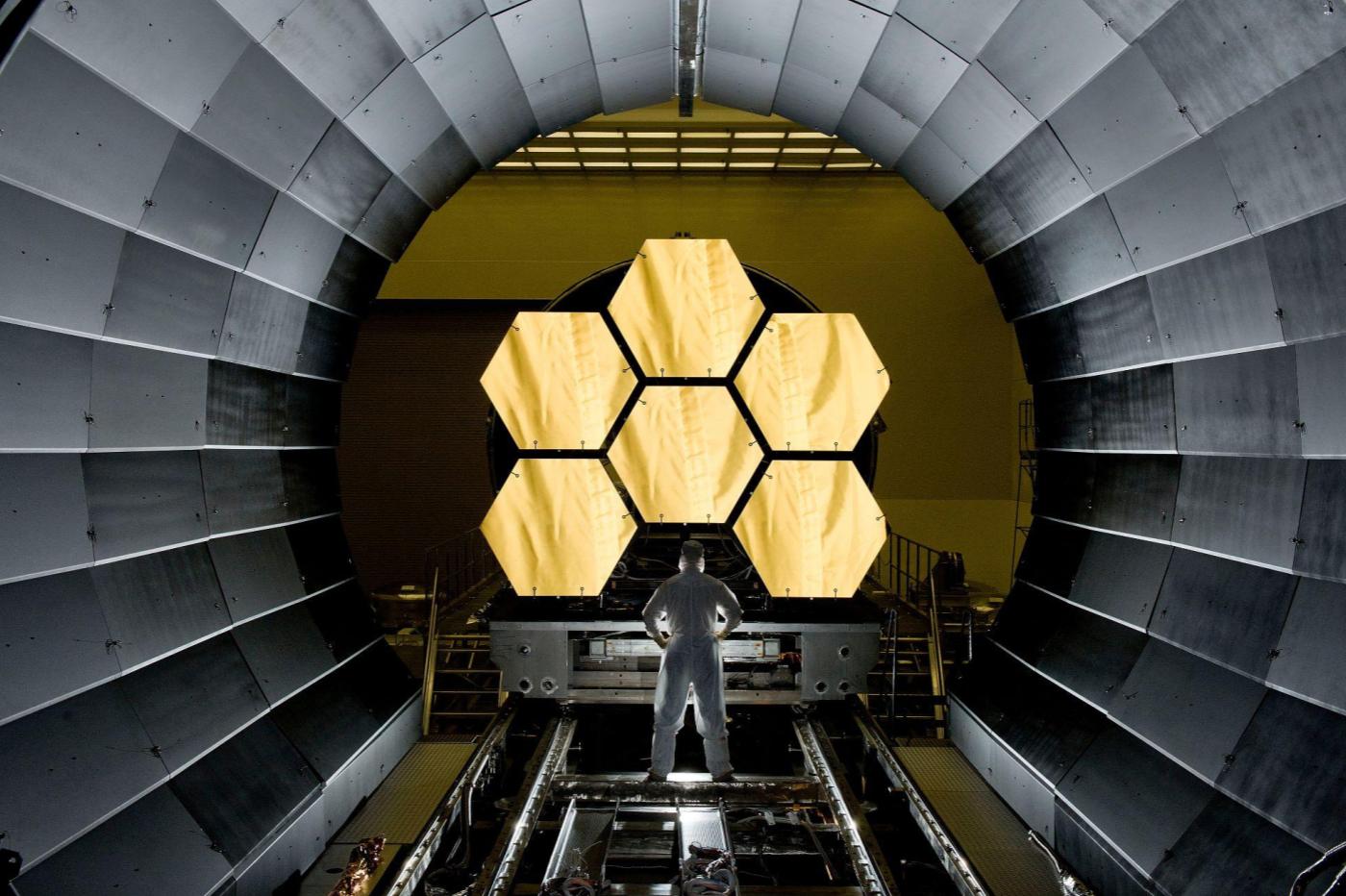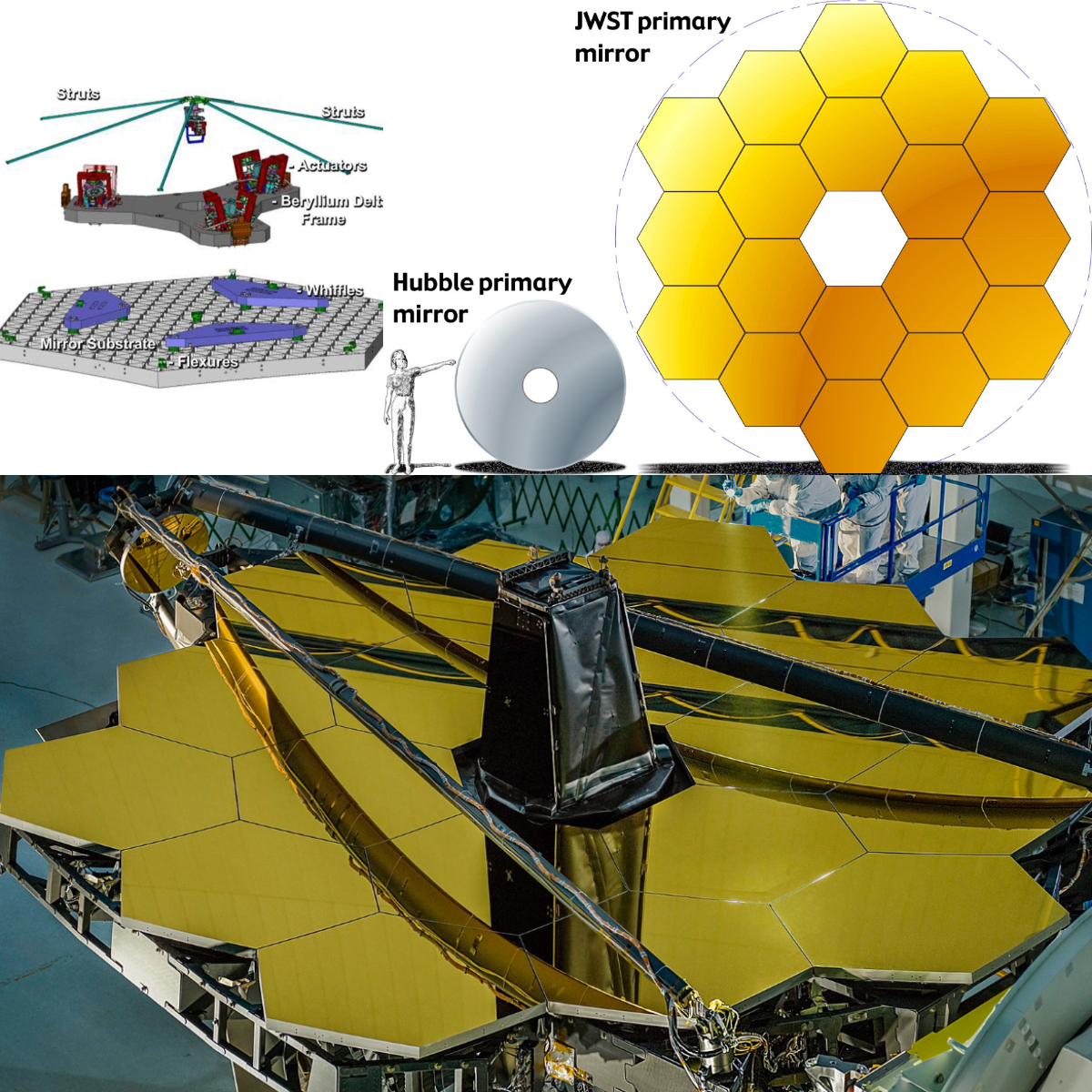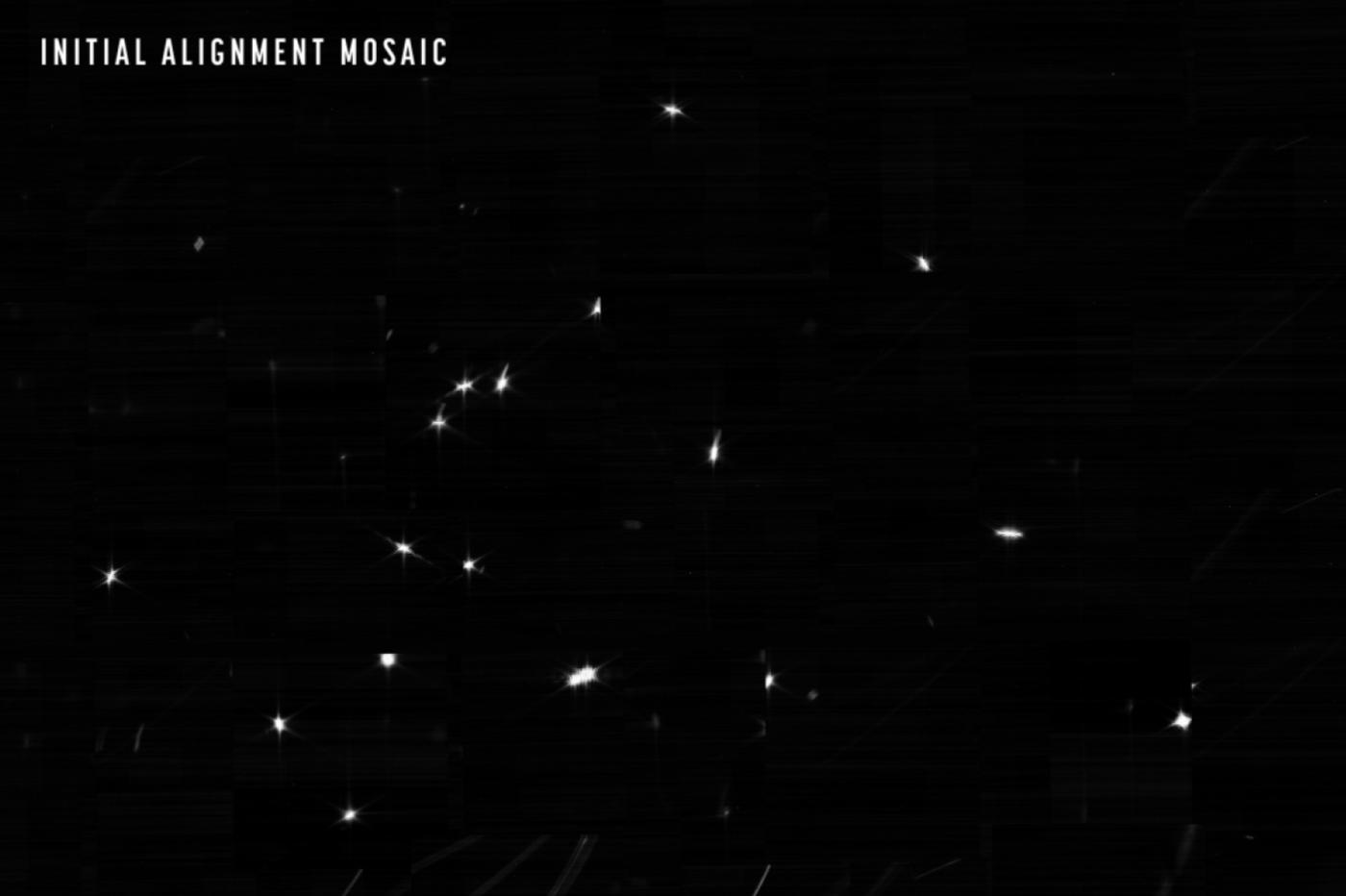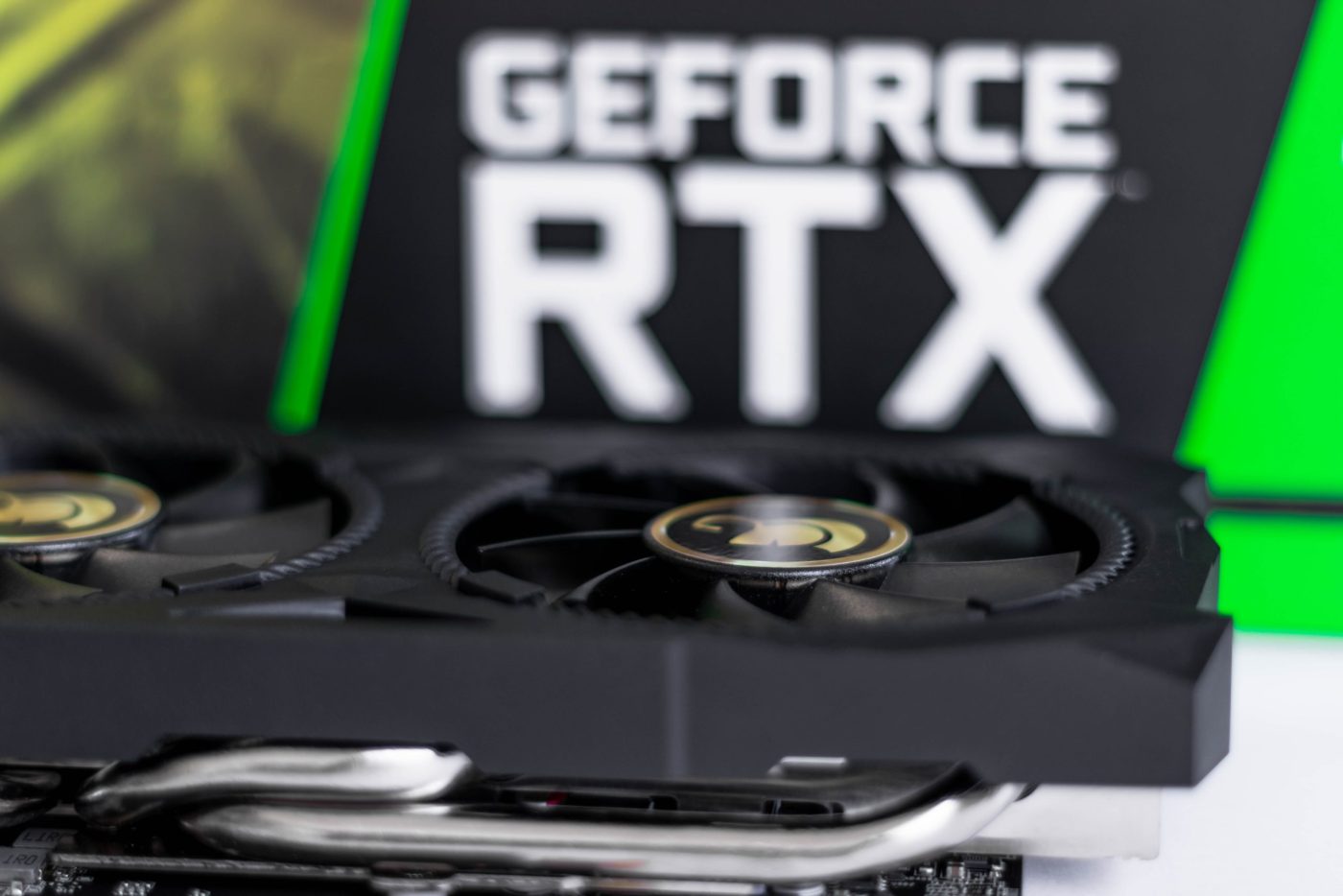
After having “opened its eyes” for the first time recently, the JWST has passed a crucial new milestone with the initialization of its guidance system.
Last week, the James Webb Space Telescope, the new darling of NASA astronomers, officially opened its eyes and captured its first image. This was a very important step since it proved the functionality of the optical systems, but the JSWT is still far from fully functional. But this deadline is now fast approaching with the entry into service of its “compass”.
Indeed, for the very first time, this Canadian instrument, baptized “Fine Guidance System” (FGS) managed to stabilize, then lock the telescope on a specific targetwhich attests to its ability to stay focused on a specific object.
It is difficult to overstate the importance of this absolutely crucial step; in effect, without this instrument, the JWST would be unable to reach the incredible level of precision necessary for this type of observation. All future JWST work is therefore directly dependent on the proper functioning of this machine. The confirmation must therefore have been a huge relief for the engineers who devoted years of superhuman effort to it.
A high-tech “compass” essential for deployment
Now that the FGS is operational, there is no question of leaving it on technical unemployment. He will even play a determining role in the sequence of events. Indeed, the first images are only expected in several months. Until then, NASA will continue to wake up each subsystem one by one to ensure that they are working properly. But above all, we will have to complete the installation of the main mirror. And to carry out this infinitely delicate task, the help of the FGS will be invaluable.
Unlike other telescopes like Hubble, the JWST’s main mirror is not made from a single piece; instead it consists of eighteen hexagonal subunits which unfold to form a single mirror 6.5 meters in diameter. On the one hand, without this very audacious approach, NASA would never have been able to equip the telescope with such a large mirror, and therefore such a powerful one. But on the other, it is also a absolutely colossal engineering challenge qhe forced the agency to redouble its seriousness, but also its ingenuity.

Virtually no margin for error
In fact, in order for the telescope to function as intended, all these mirrors must be aligned with phenomenal precision. And at this level, NASA simply does not have the slightest margin for error. Because when it comes to taking the portrait to distant stars of several billion light years, a mere millimeter of offset already represents an inaccuracy several orders of magnitude greater than telescope standards. To summarize : any significant deviation is simply inadmissible.
It is because of this exceptional need for precision that the deployment phase lasts so long. Indeed, when it reached space aboard an Ariane 5 launcher, the poor telescope was subjected to a large amount of vibrations, unfortunately unavoidable despite NASA’s precautions.
After this passage in the shaker, it is therefore even more important to be very meticulous about the placement of these hexagons. Otherwise, there will remain a deviation, admittedly slight, but incompatible with the perfectly uniform mirror that the JSWT needs. Because when he arrived in space, the different units had necessarily moved a little bit. It is also because of this very small difference that the first optical test produced 18 images of the same planet; it was an image of the same object that was reflected from each individual mirror with a slight offset. These different points also constitute a reference element which will help to calibrate the mirrors afterwards.

The home stretch is getting closer
To ensure the accuracy of this calibration, the individual mirrors are mounted on a set of motors which move very, very slowly to the desired position. No question of going too fast and risking the slightest damage, since it will be impossible to repair the JWST in the event of a glitch, as was done for Hubble. And that’s where the FGS comes in. It will serve to define a common point of reference; this in turn will allow each mirror to be adjusted to the ideal position.
Once NASA is satisfied with this alignment, the telescope will then approach the home stretch. During this last critical step, he will have to wait until all his instruments have completely evacuated all the heat accumulated during takeoff.
In fact, all the telescope equipment is specifically designed to work at -233°C. And at this level, as for the alignment of the mirrors, the slightest deviation could cause unacceptable inconsistencies; here again, the slightest inaccuracy would be likely to call into question the results of the observations. The JWST will therefore have to wait wisely until he has a completely cool head.
He can then approach the very last phase: the last calibration of the instruments, which is expected around June. If all goes as planned, the telescope will then begin to shower us with images for years to come. With, we hope, striking images and revolutionary discoveries at stake.



